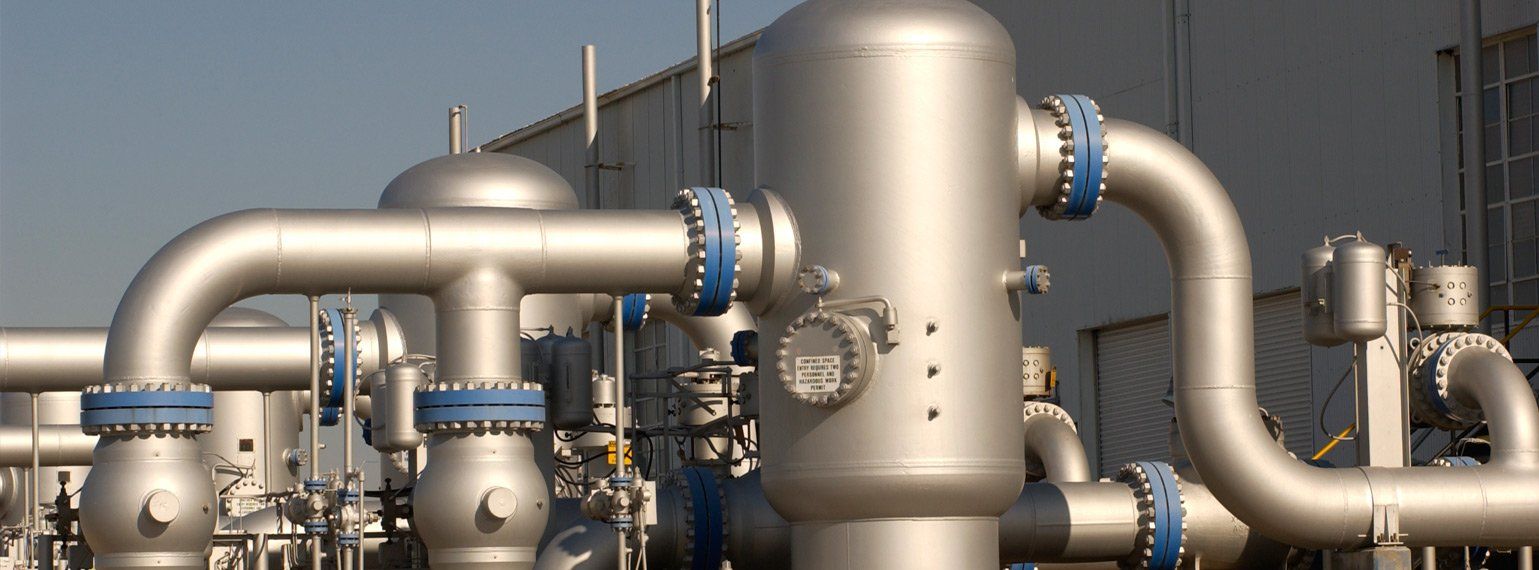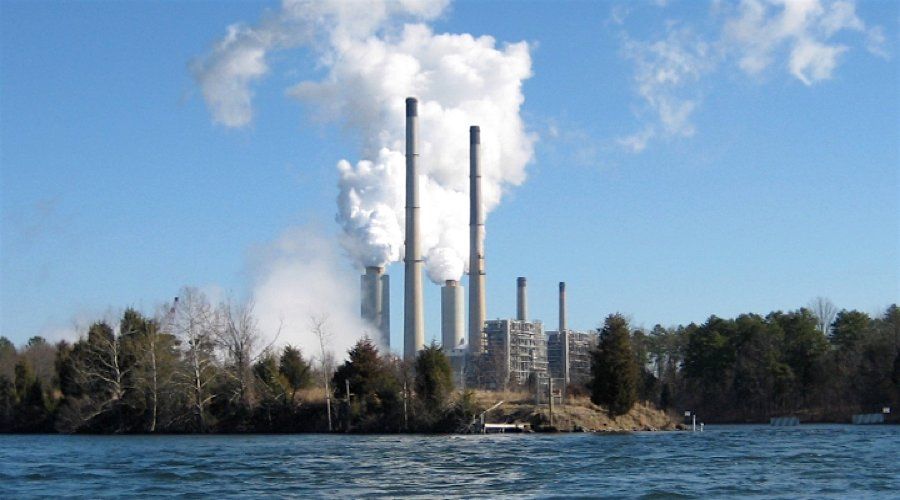PYROLYSIS
It is estimated that North America discards approximately one used tire per person per year (~300 million tires/year). Historical approaches to this problem are both costly and complex. Stockpiling / landfilling used tires is illegal in most states due to the possibility of fires creating an environmental hazard, as well as creating a breeding ground for disease carrying insects.
United Earth Energy has successfully developed the use of pyrolysis and gasification of scrap tires to achieve saleable energy products such as crude pyrolytic oil, biochar, and synthetic gas. The process can be designed and implemented in an environmentally friendly way meeting or exceeding all EPA guidelines for clean air, clean water, and no solid waste.
Throughput capacity of the plant ranges from 1 ton/hour to 10 ton/hour of whole scrap tires. The primary saleable products generated from the thermal decomposition of scrap tires include:
Pyrolysis Oil
The crude oil produced is similar to fossil fuel-derived fuel oil typically found in many boiler/industrial heating applications, as well as diesel fired electrical generators. Simply called “PYROLYSIS OIL”, it has the following properties:
| Flash Point: | 60 degrees C / 140 degrees F |
| Pour Point: | 15 degrees C / 59 degrees F |
| Sulfur Content | <1% by weight |
| Water: | 0.09% by volume |
| Ash: | 0.028% by weight |
| Energy: | 18,150 BTU/lb / 147,700 BTU/gal |
Carbon Char
Two primary solid materials are recovered from the fast pyrolysis of scrap tires. Carbon char, and the steel rein-forcement used in tires. Upon cooling, the carbon char is separated from the steel and processed / bagged for sale. It can be used as is, or further processed for various markets, including chemical fillers for rubber molding, paints/pigments, inks, as well as filtration media for these same processes, and soil amendments. The steel is separated and is sold as scrap. The “CARBON CHAR” has the following properties:
| Appearance | Fine black powder |
| Cardon Solids: | 83.76% by weight |
| Ash Content: | 12.07% by weight |
| Water: | 4.17% by weight |
The pyrolytic gas (SYNGAS) derived from the process is high in energy content and is recovered/recycled in our process as an alternative to consuming natural gas or propane gas. In addition, the SYNGAS is used to supply a gas-fired generator producing electricity for the plant.
With further processing, a host of other refined products can be produced, including:
- Activated Carbon
- Carbon Black
- Nano Carbons
- Fertilizers
- “Drop-in” BioFuels, such as:
- Jet Fuel
- Ultra-Low Sulfur BioDiesels
- Naphtha
- Gasoline
- Alcohols
- Distilled Water
SMART INVESTMENTS
Investing in energy for over 40 years with an extensive and productive portfolio of projects
About Us
We are experts &
provide smart
investments
Our team has more than 40 years of investing and operating experience in the energy industry, which gives us the perspective to understand the challenges and opportunities in today’s industry.
Our Products
The first revolutionary product of our chemicals is defined as a drag reducing agent (DRA). The oil industry uses many thousands of gallons of DRA every day in every pipeline in the world. A drag reducing agent improves the flow of oil in a pipeline. In general, the existing products do not work very well. They continue to be used because any improvement is important and the overall cost of DRA per barrel of oil produced is low (Typically, DRA is injected at about 50ppm). The PFS DRA is a much better product than anything on the market. In existing pipelines, the PFS DRA has shown a 66% improvement of flow within hours of injection into the pipeline.
The second revolutionary product is a MUD lubricant for use in oil drilling. MUD is an existing product with specific functions at the drill tip in the drilling process.mMUD lubricants are added to the MUD to improve the MUD performance. The PFI MUD lubricant has been shown to improve drilling time by 30%. In one trial, drilling time was reduced from 11 days to 8 days in one oil field compared to existing MUD lubricants (Shocking for an industry as developed as the oil industry).
From these main two products we have developed others that benefit all types of industries.







